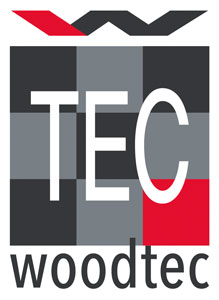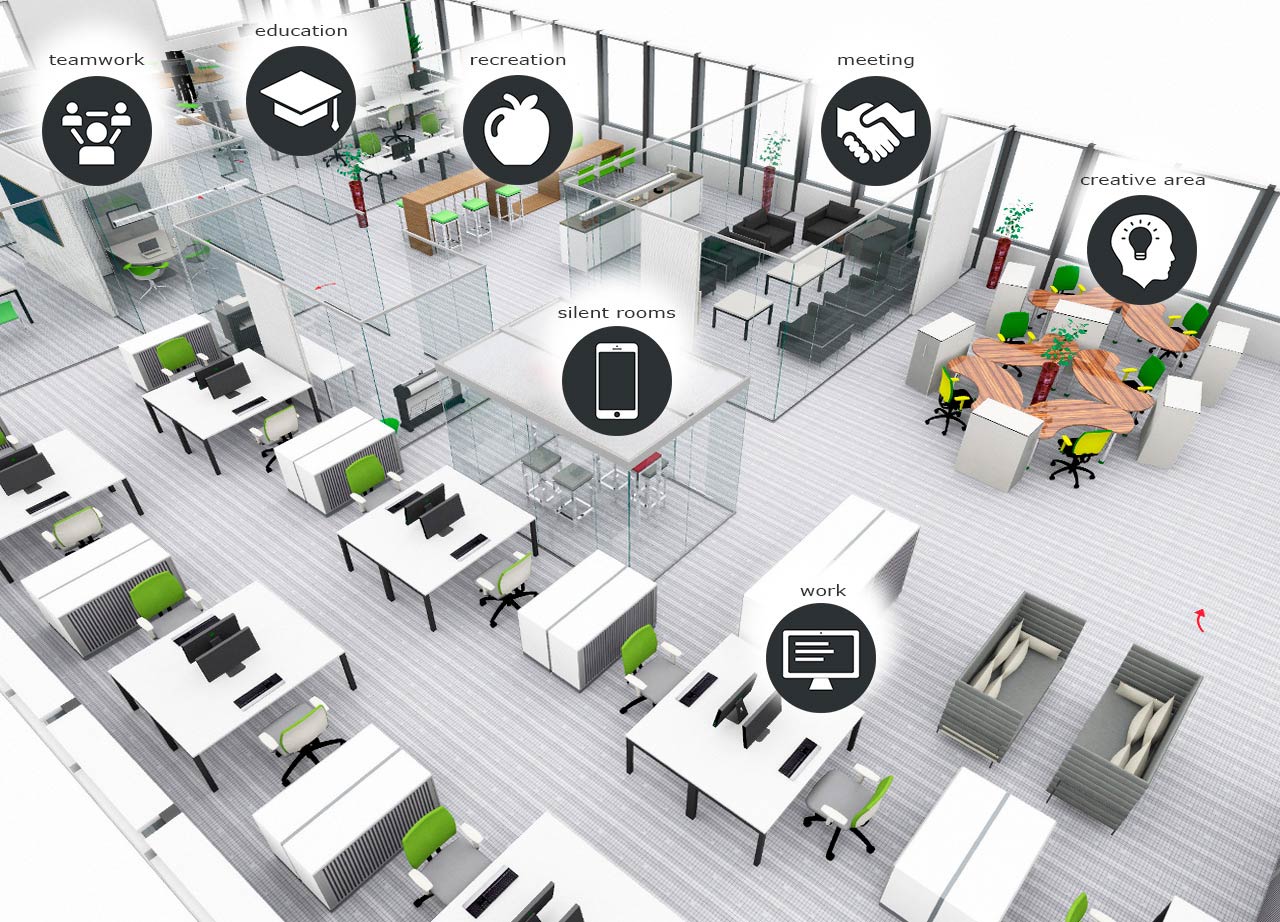
Office space shapes are responsible for the success of the company
A number of different factors constantly influence the design and organization of the office living space. Currently, the creativity of planners is largely determined by the tension between aging society and dealing with “Generation Y”. In the recent past - and this continues to this day - it is modern and mobile communication technologies that have had a significant impact on the office. These factors change the space requirements of the workplace, as well as the requirements for its quality and execution. There are popular examples from history. So e.g. B. the raised floor is a result of the electrification of office space. The increasing electrification in turn had to lead to the screen directive and thus to the introduction of multi-surface tables (tube screens). These large tables significantly increased the need for office space. They still exist here and there, even though they block areas that are urgently needed today for other functions (communication, teamwork, creativity, recreation...).
Flat screens have now been introduced into every workplace. The paperless office is being seriously discussed. Work tables are becoming smaller, are single-surface, only 160*80 cm or 180*80 cm in size. The personally assigned workstation is up for discussion. Non-territorial work, alternating between teamwork and concentrated individual work, is the basis for the office of the future. Today, office zones are consciously differentiated and designed differently. The “work space” for concentrated individual work is subject to different requirements than the zones for teamwork, communication, training, creativity and...
Office space shapes
-
are models for the spatial structuring of office space
-
spatially represent the organizational culture of a company and reveal it to every employee and visitor
-
influence success in terms of the "recruiting" of young and competent junior staff
-
are the basis for the adaptability of the company
-
structure work processes and functionalities and thus have a significant influence on the efficiency of collaboration and the quality of life of users
-
last but not least, they influence building costs, the second largest item in the administration sector
Office space shapes have to be put to the test again and again
The age structure of society currently poses particular challenges for office space planners. Older people and young people have different requirements for the workplace and, above all, for the acoustic design of the office. Fashion influences must also be taken into account. The constant change in society and work in harmony with modern media provide reasons enough to continually put office space forms, their adaptability to the future, work and the associated space consumption to the test.
The cataloged office space shapes can only be models for orientation
The options for structuring office spaces described below can only be models and are only intended as such. Buildings have different framework conditions. The layout of the areas is different and fire protection concepts differ. Electrification options, lighting, heating, cooling and ventilation systems or simply accessibility, building heights and facade structure must be reconsidered on a case-by-case basis. Above all, users have different requirements for their office. They expect YOUR organization to be represented, have requirements for furniture functions, communication needs, occupancy densities, design and much more. It goes without saying that every office space plan is unique.
woodtec helps you find your structure
woodtec produces a modular set of room and acoustic systems. We offer furniture and lighting systems under the motto “one office”, as well as all other relevant components for your office. We plan new office space every day. We will help you develop the structures that are right for you in your office.
Talk to us!

